Homemade Leyden bottle-super super simple capacitor
To put it simply, the Leiden bottle is a capacitor, a device for storing charge and electric energy composed of two electrodes made of conductors that are close to each other and insulated from each other! Okay, let’s start making now~~
The materials are as follows:
*Tin foil (change according to the size of the Leiden bottle~~)
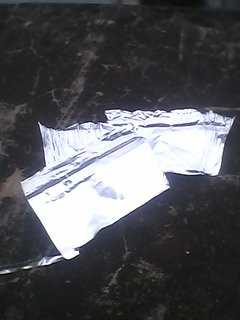
*One bottle, preferably a glass bottle
~The thinner the better~
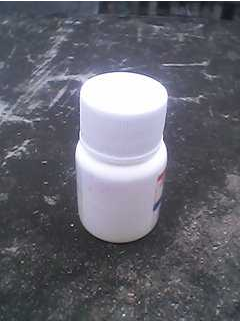
*Salt and water (the greater the concentration of salt water, the greater the capacity)
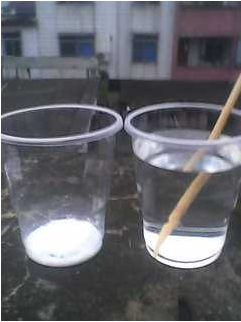
*One stainless steel nail or iron rod~~(change according to the size of the bottle~)
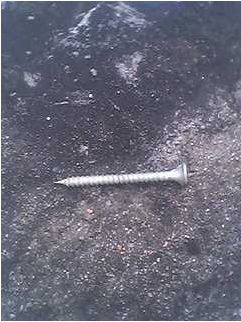
OK! Let's make it~
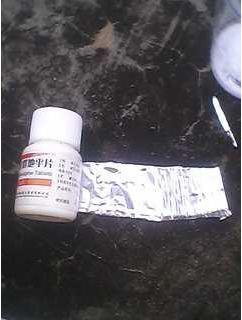
First cut a piece of tin foil with the size of the side area of the bottle~
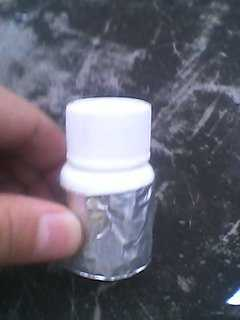
Roll it up
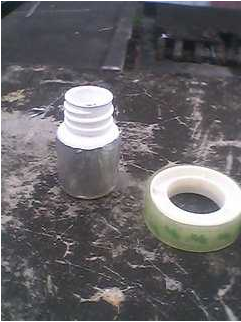
Tie it tightly with tape, but leave a small gap at the top to allow a small piece of paper to be inserted into the tin foil, and you will know what it is for later~
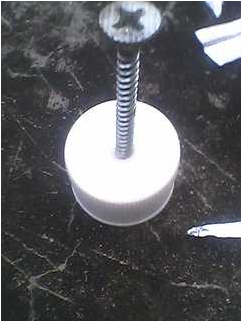
Pass the nail through the middle of the bottle cap
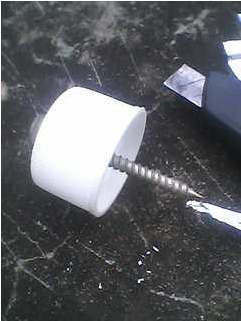
Just dress like this~
Okay~ That gap is useful~
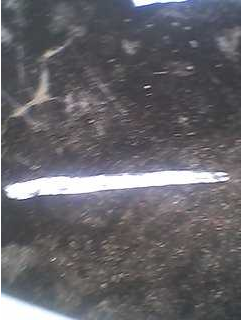
Cut a small piece of tin foil~
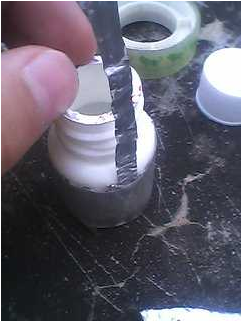
Insert it from the gap~
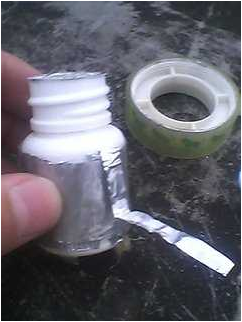
Then bend it like this, note: the tin foil strip must have good contact with the tin foil!
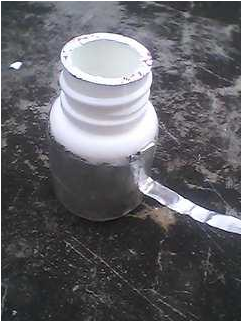
Then just fix it~
Then again~
Start configuring salt water!
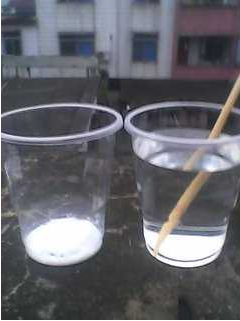
Bring the water and salt over~~ nonsense...
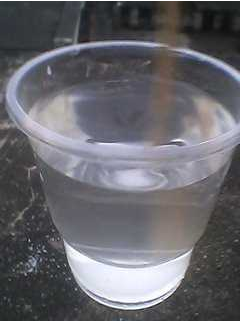
Pour the salt into the water, the water at this time is very turbid
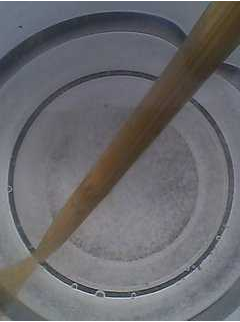
Recent photos ~ ~ very muddy
Stir quickly!
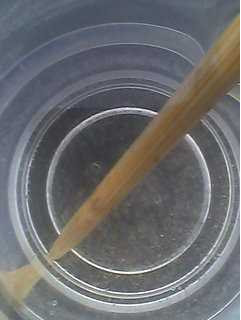
Very good~ the salt is melted!
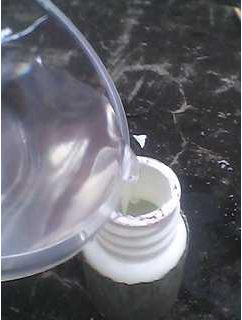
Then ~ pour the salt water into the bottle!
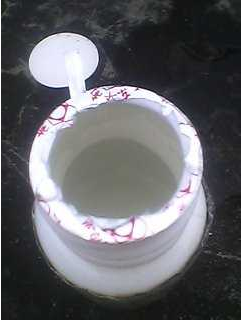
Just pour it to full
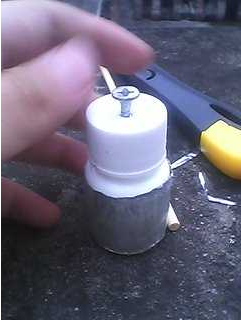
Then~~exciting
~Twist on the cap~
Finished~ Don't worry, there are two more steps~
1: Perfect~
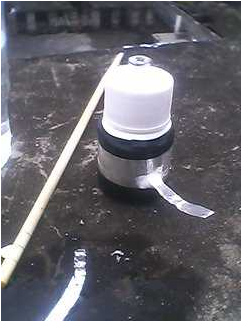
If it is used as a high-voltage capacitor, it is best to help the Leiden bottle a perfect match.
Uh... I almost forgot there is one more step
2: Experiment success or failure~
The Leiden bottle is very simple, it will not fail very much.. But still have to try it~ If possible, the capacity can be measured. The higher the salt concentration, the higher the capacity~
 yan
yan